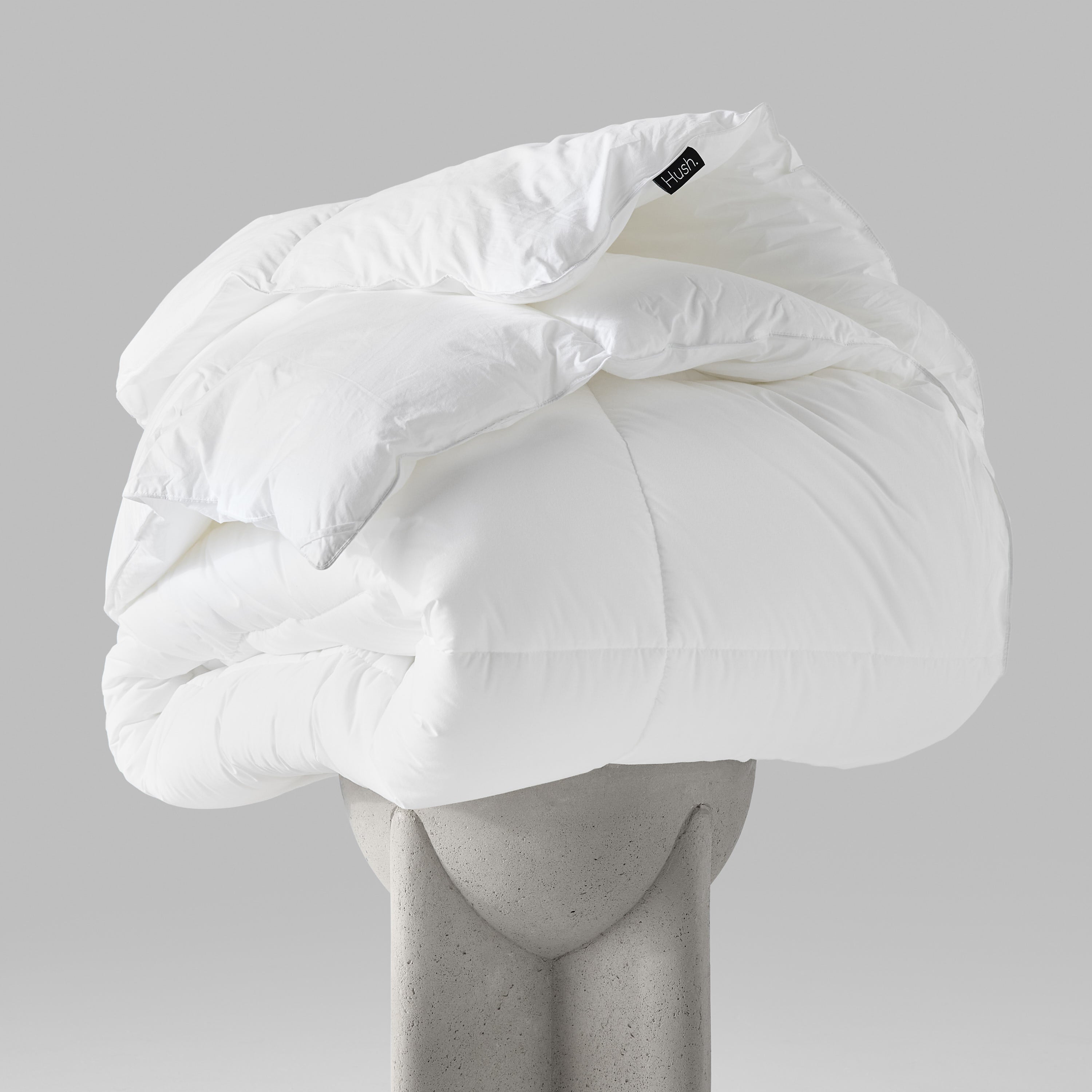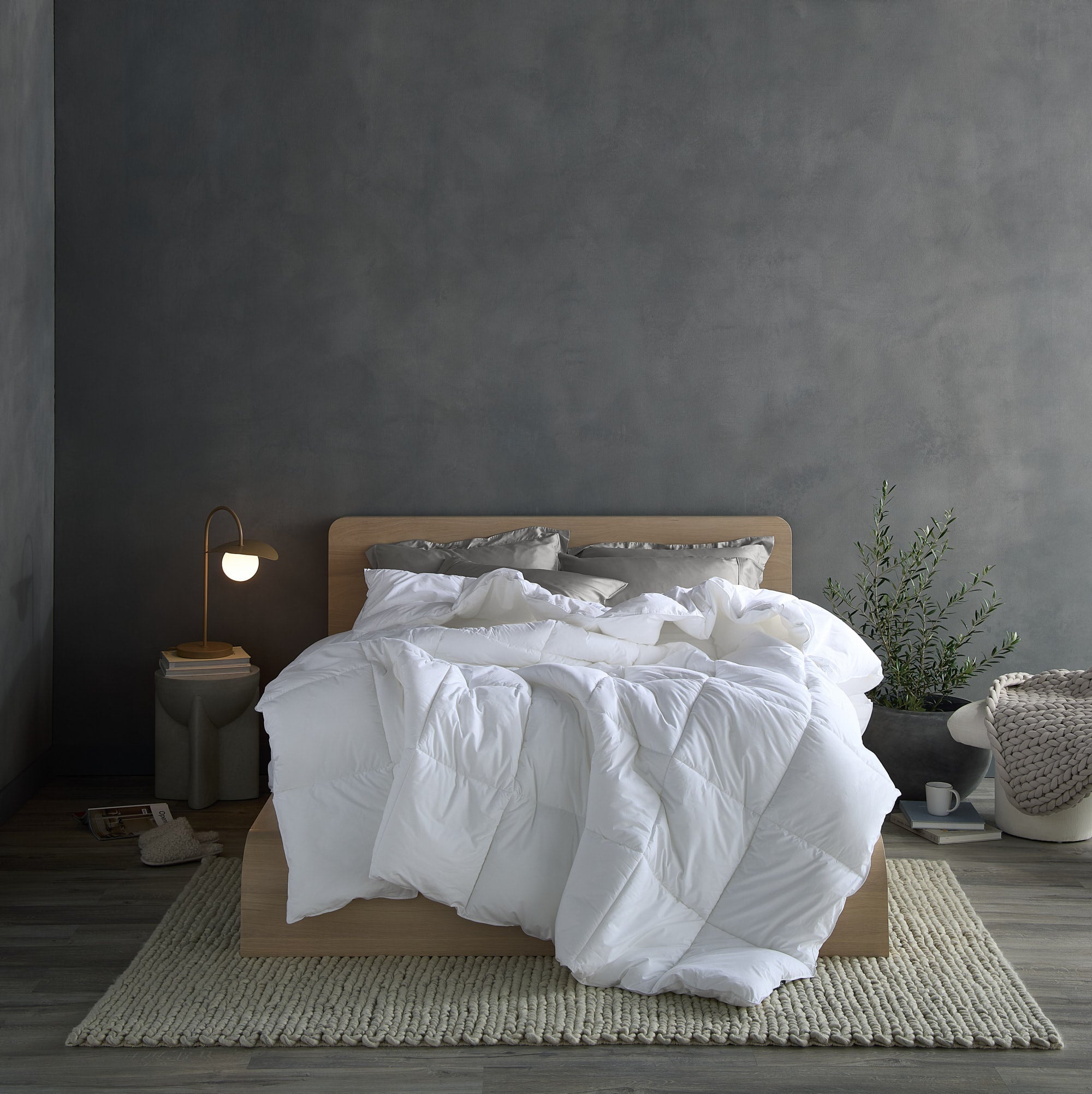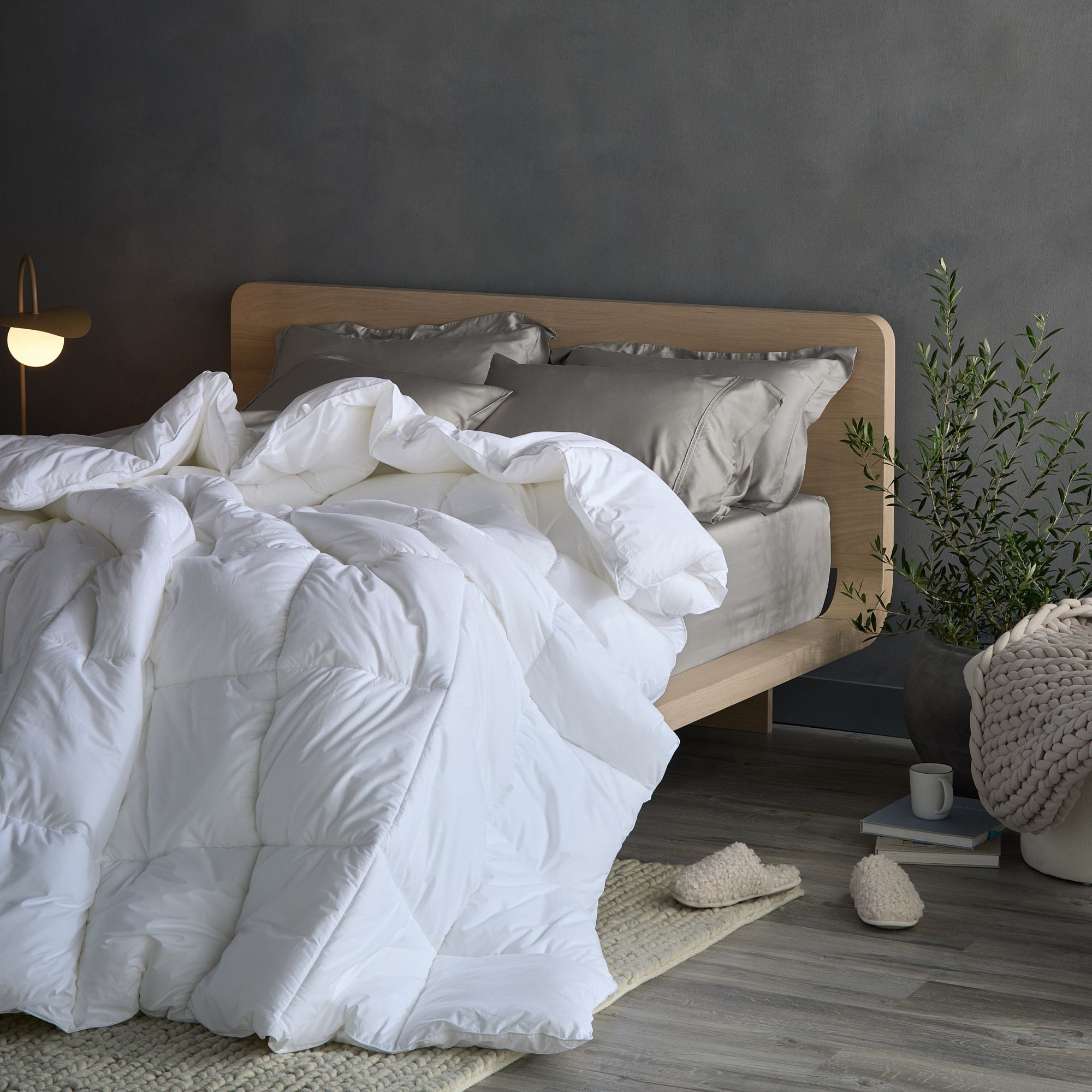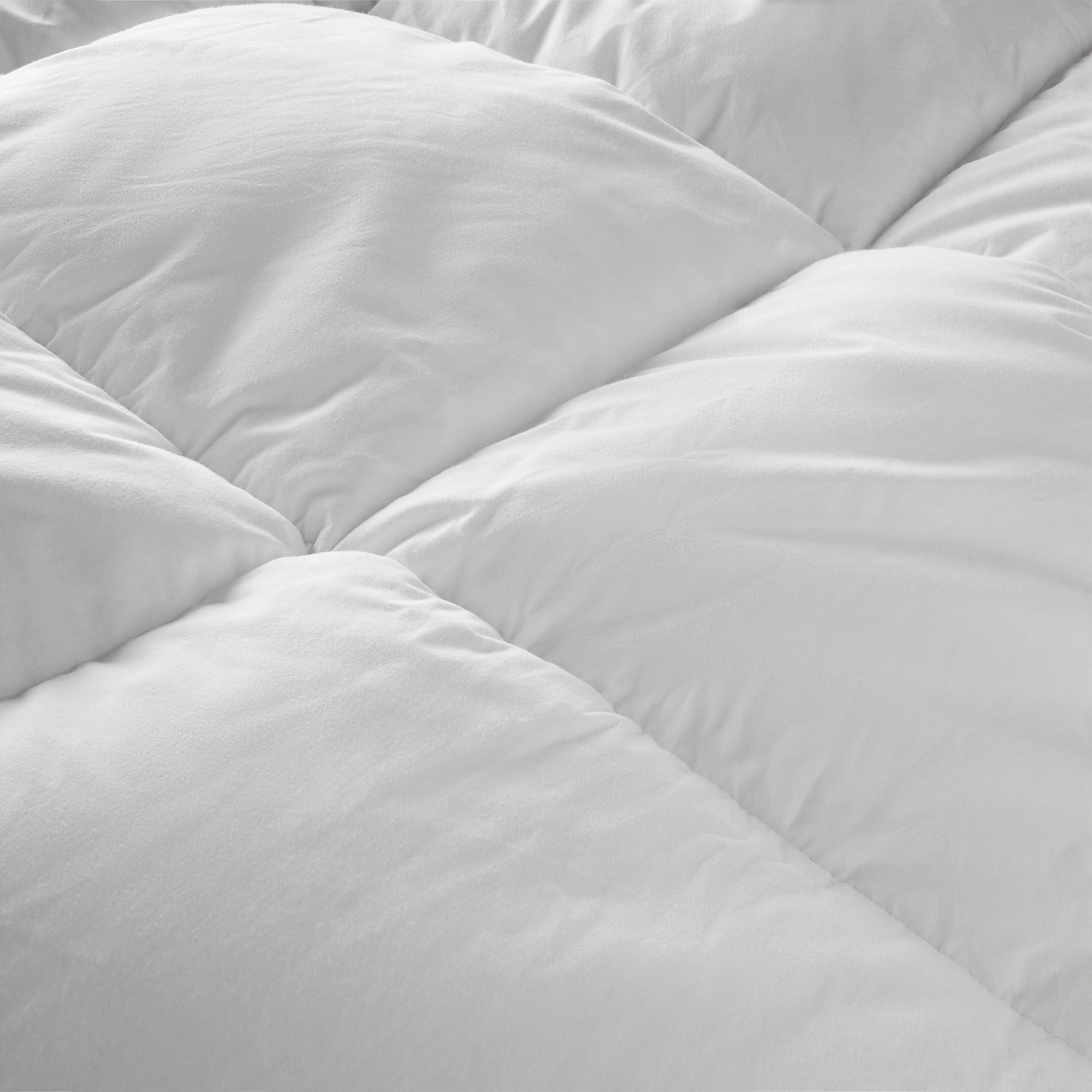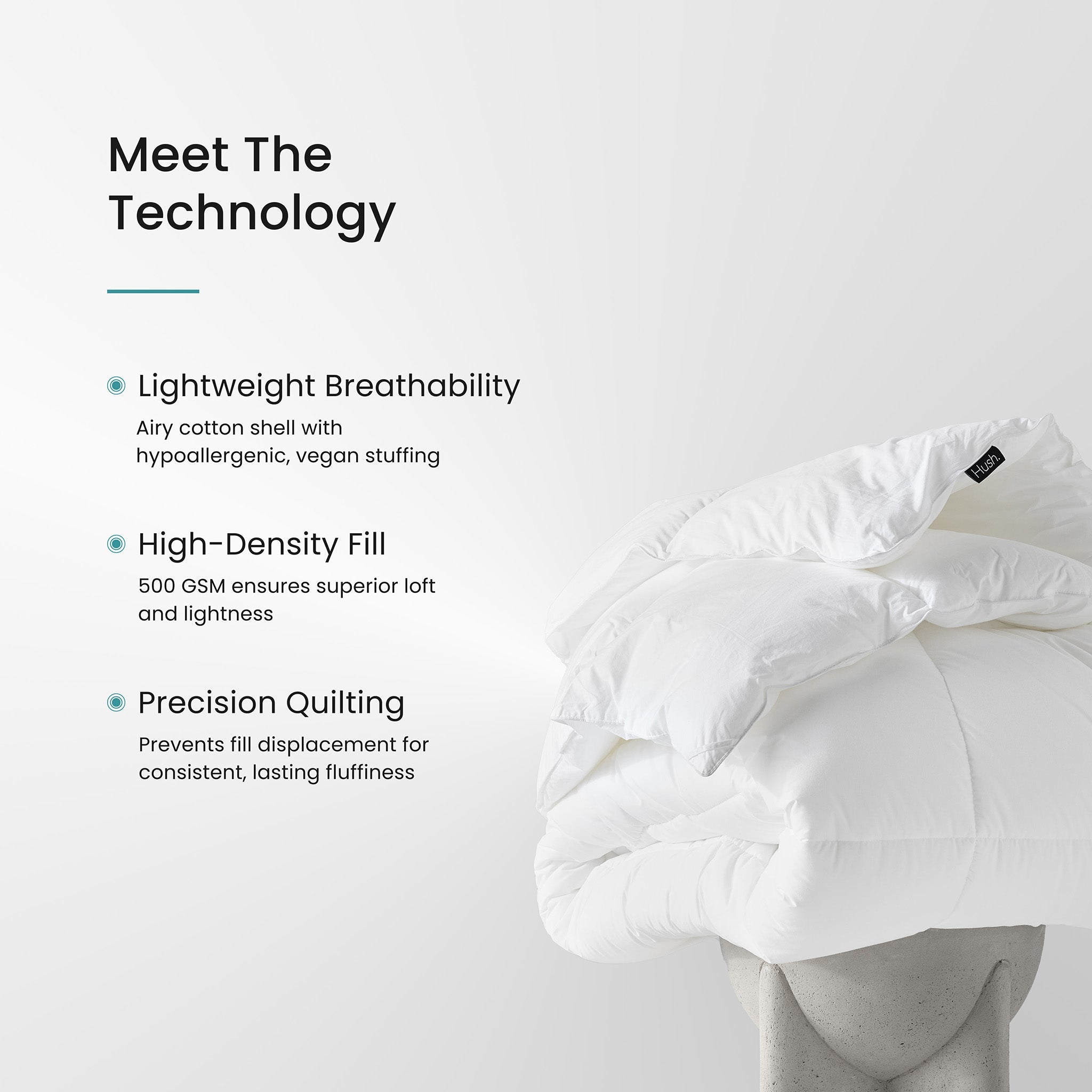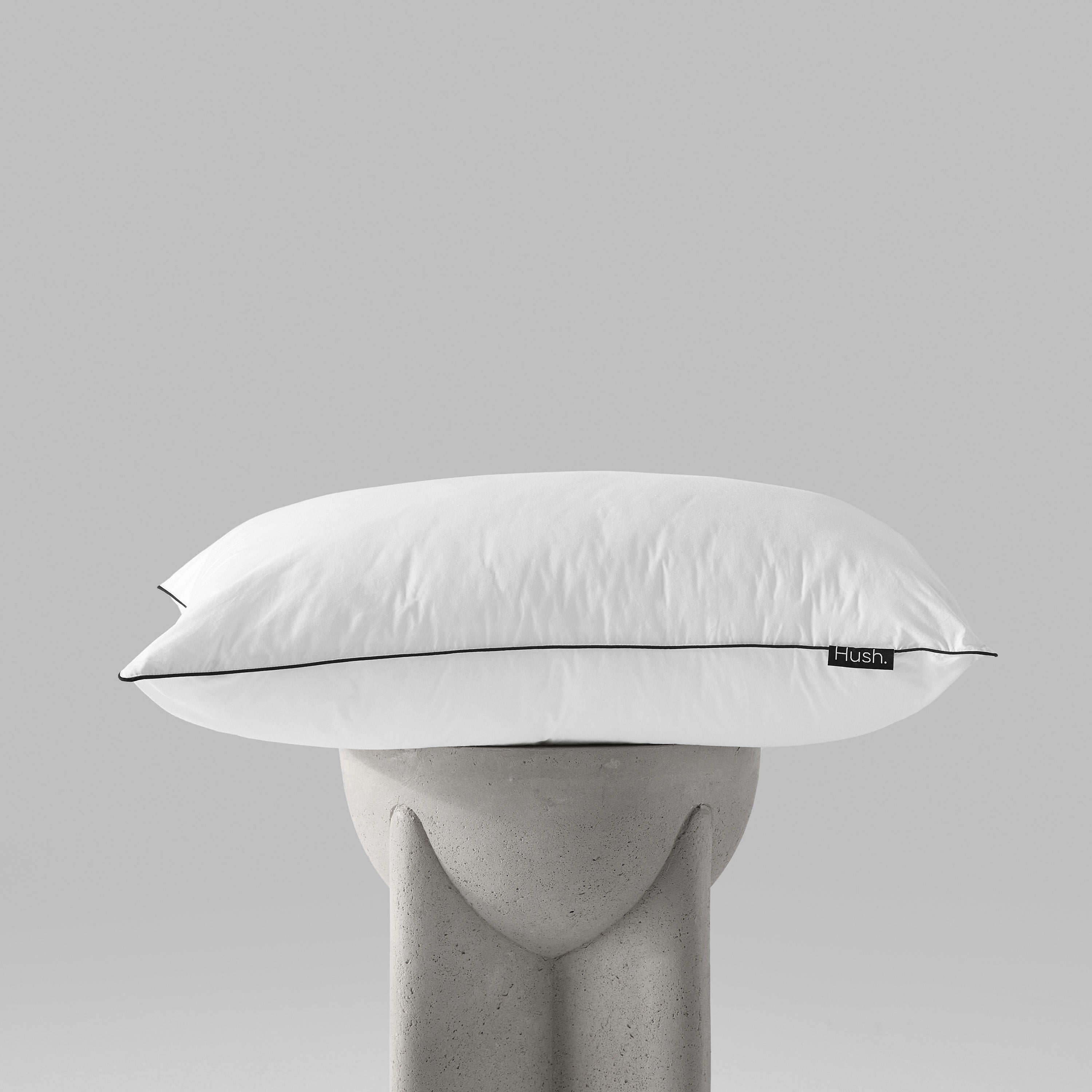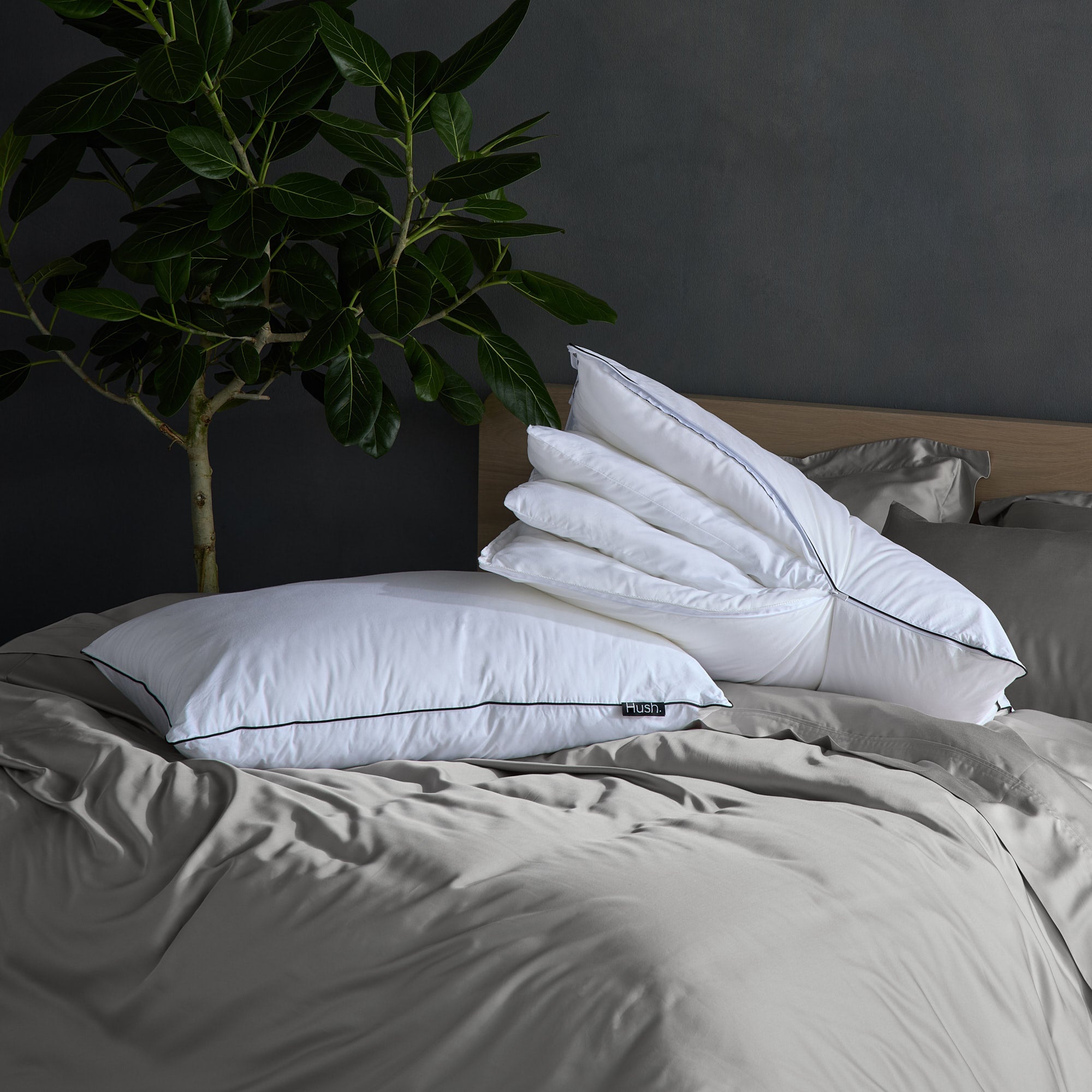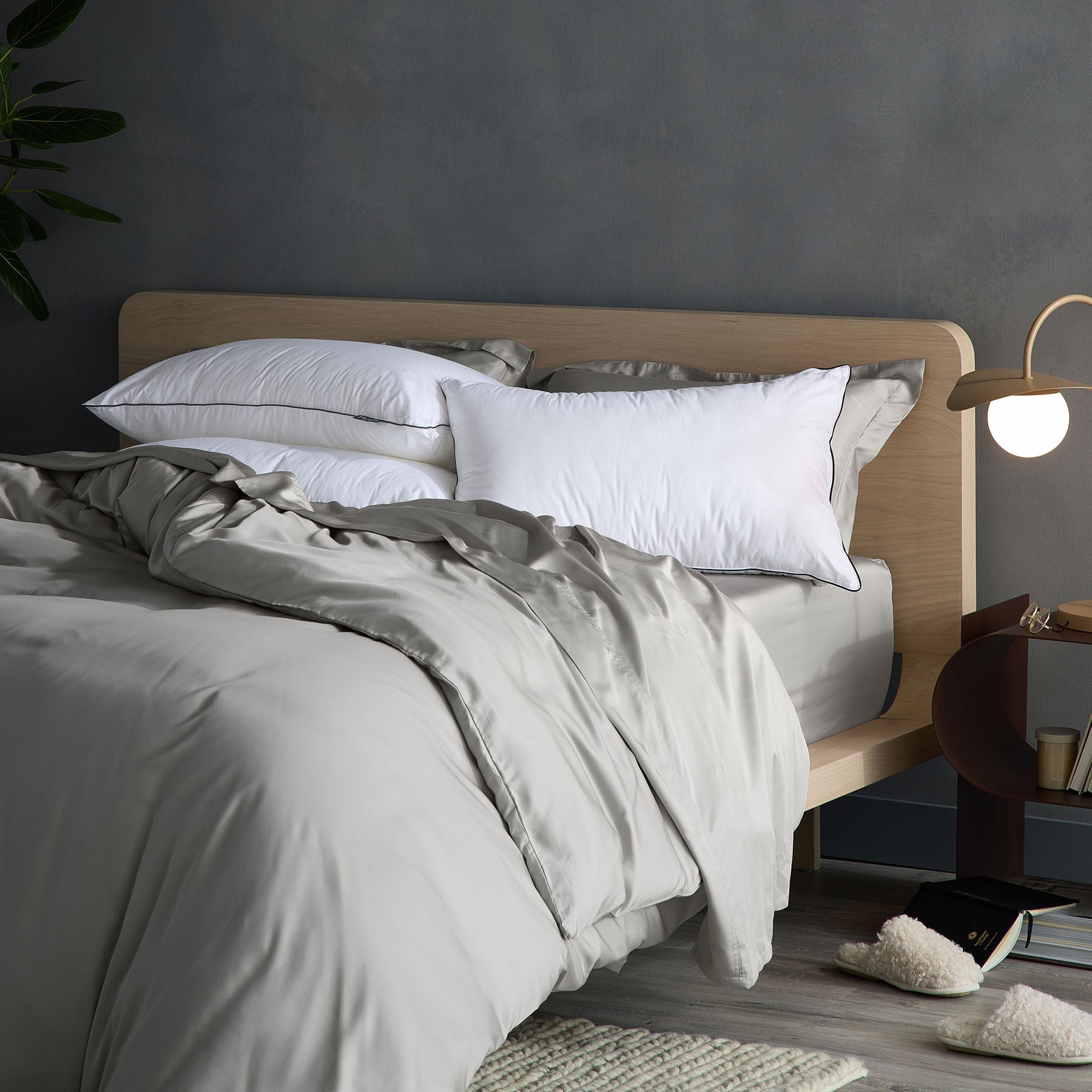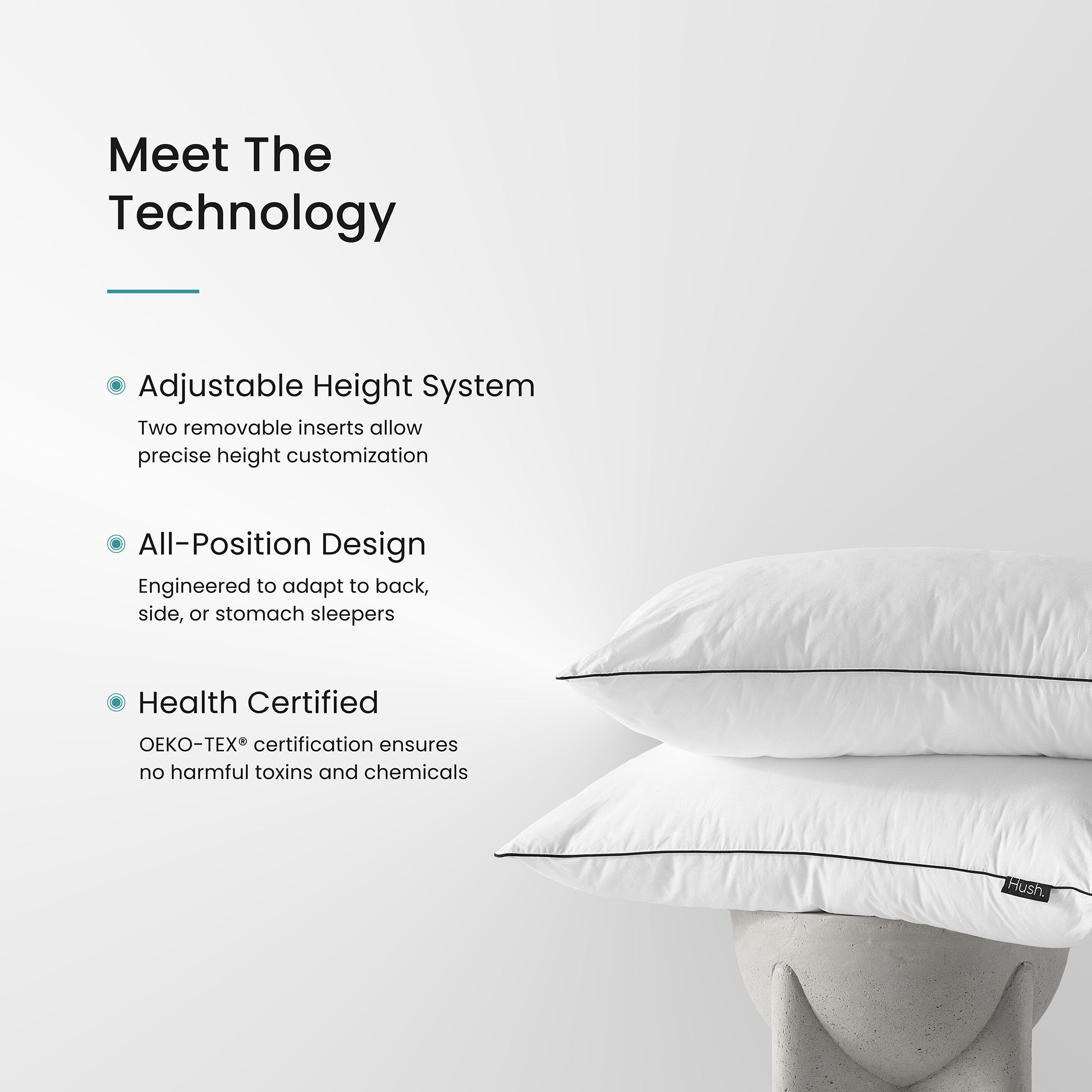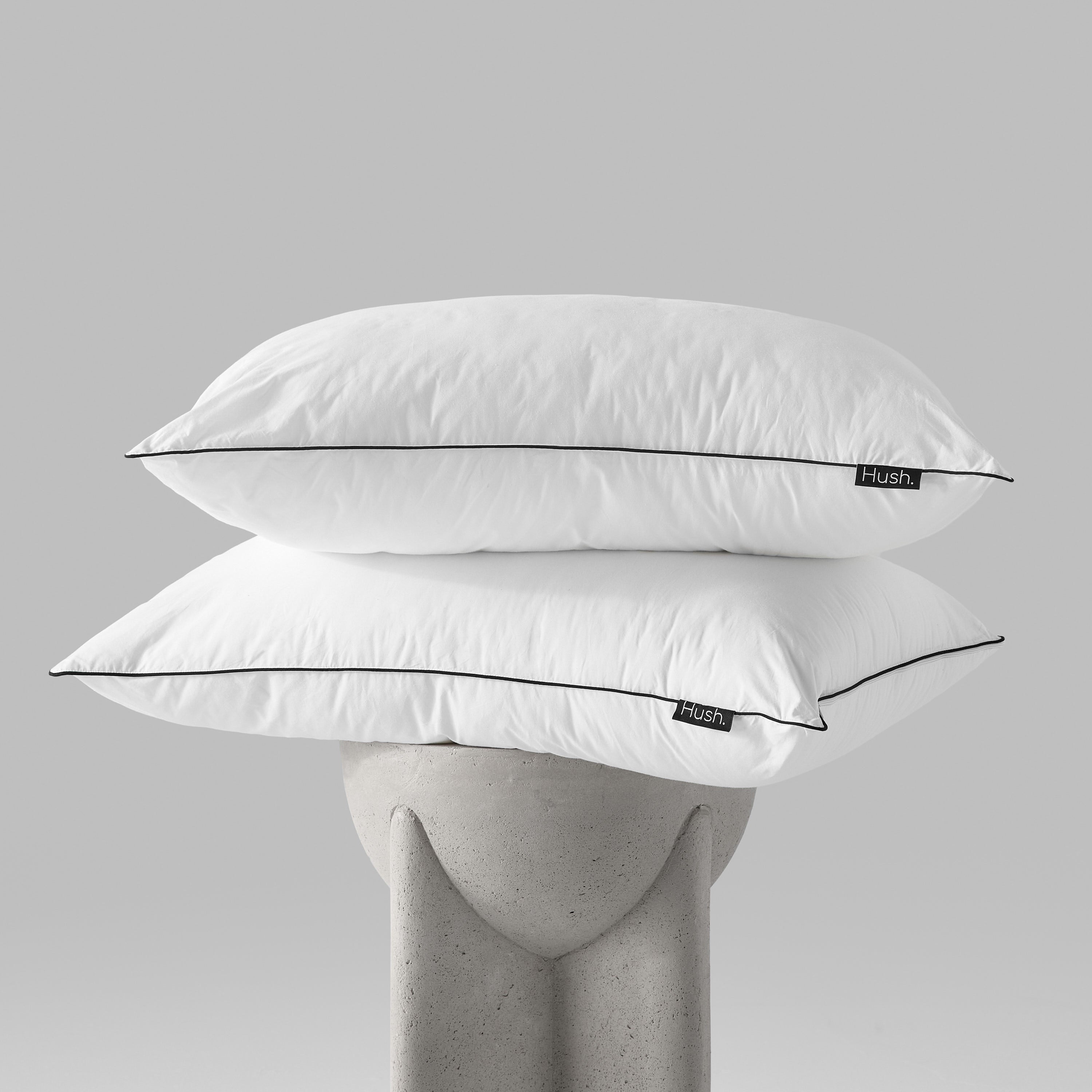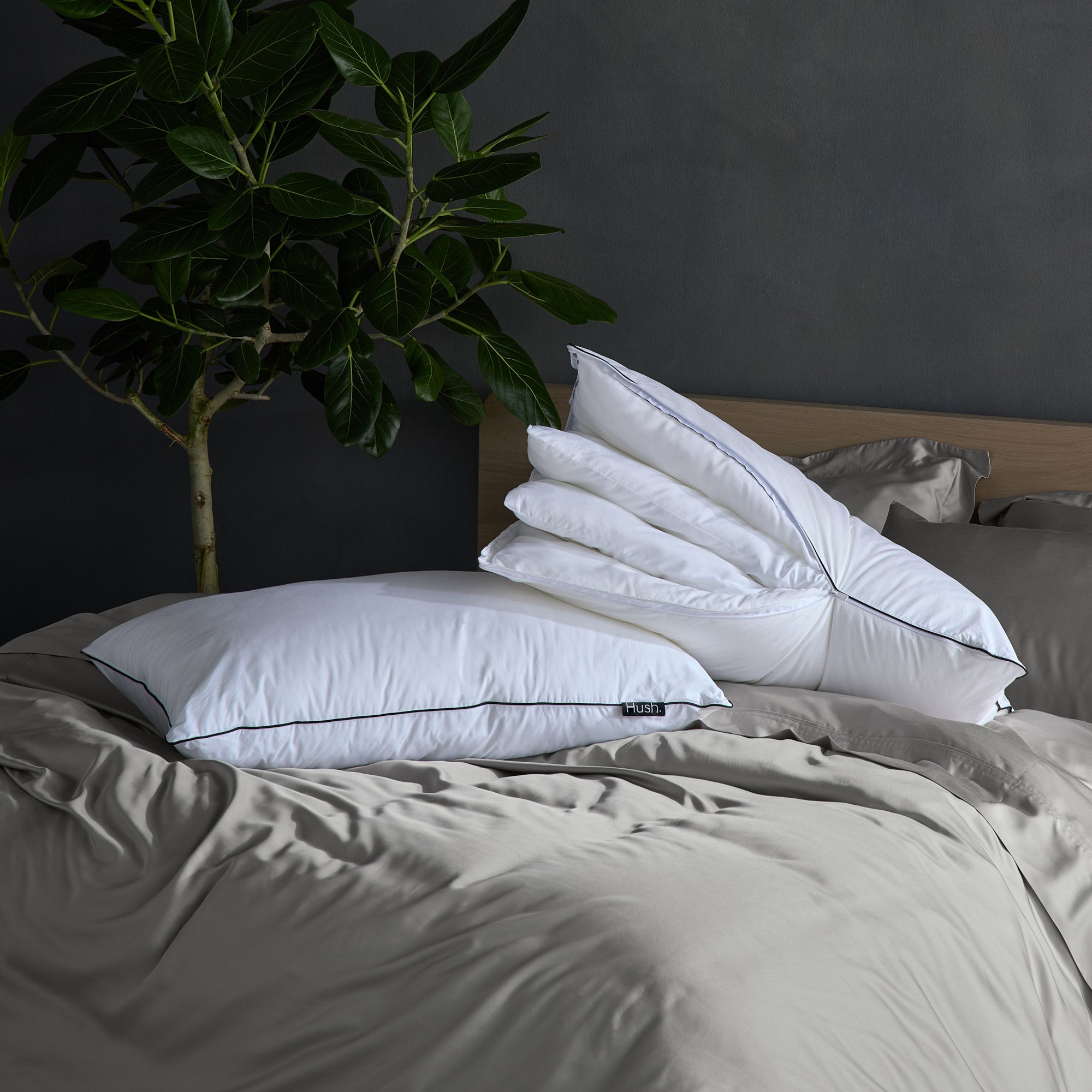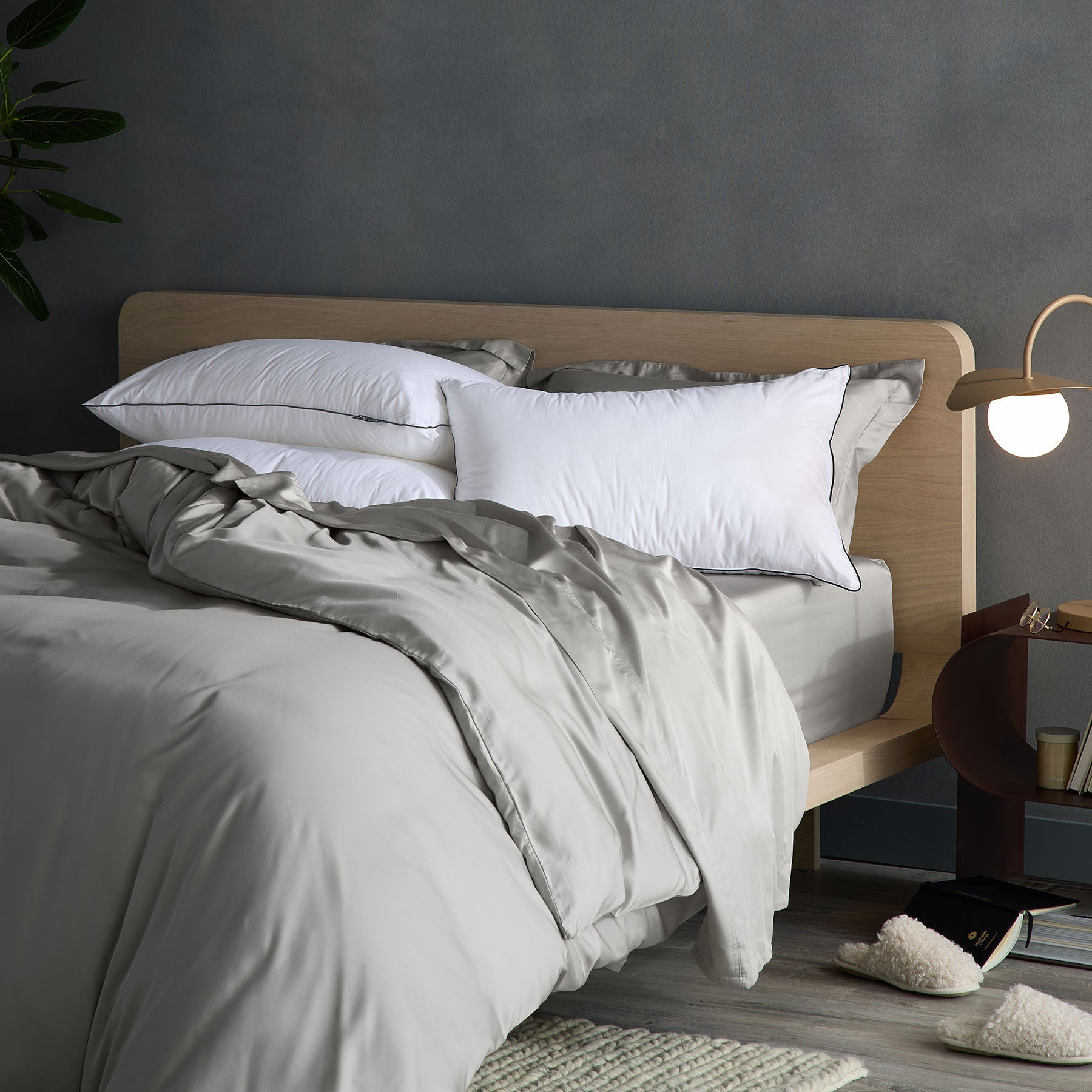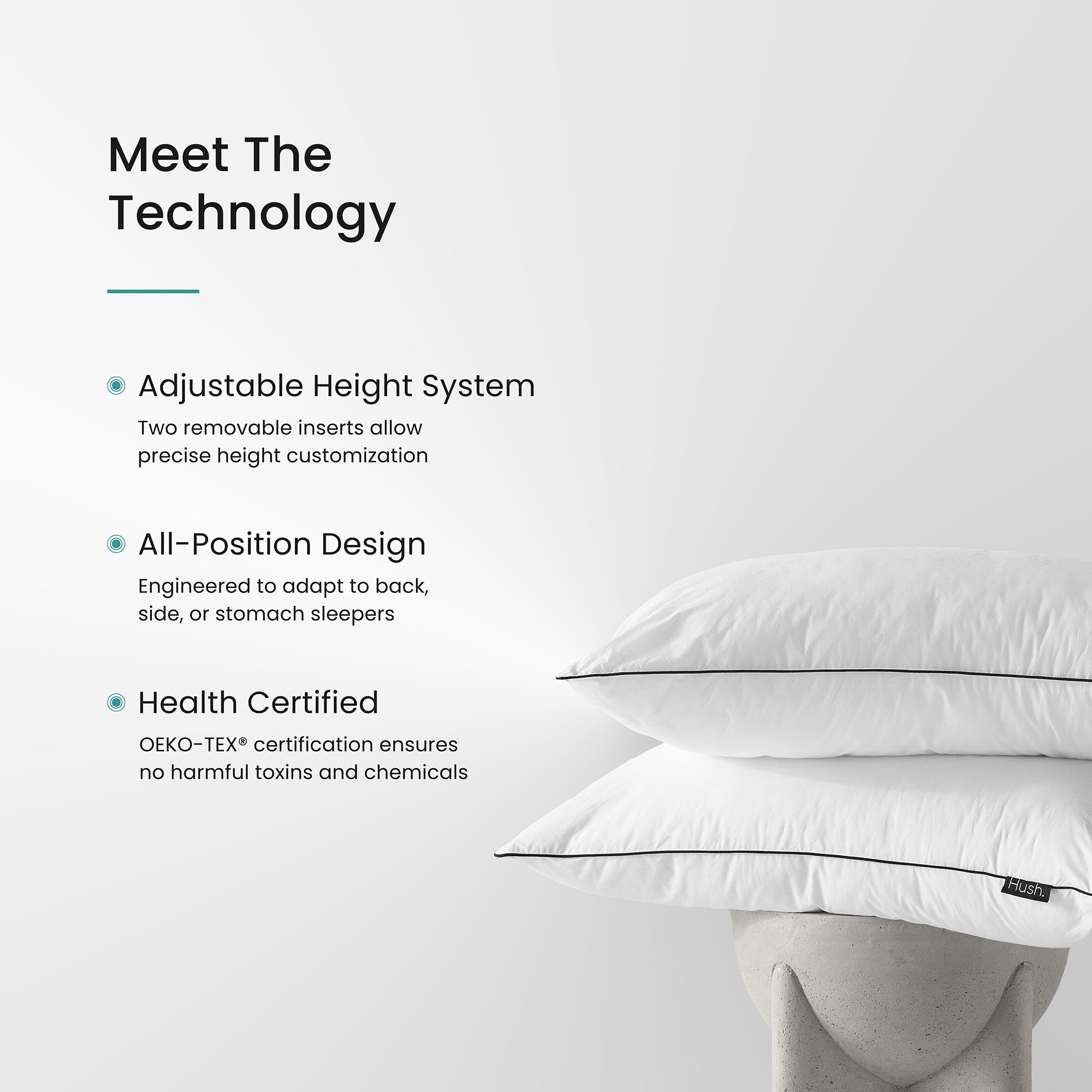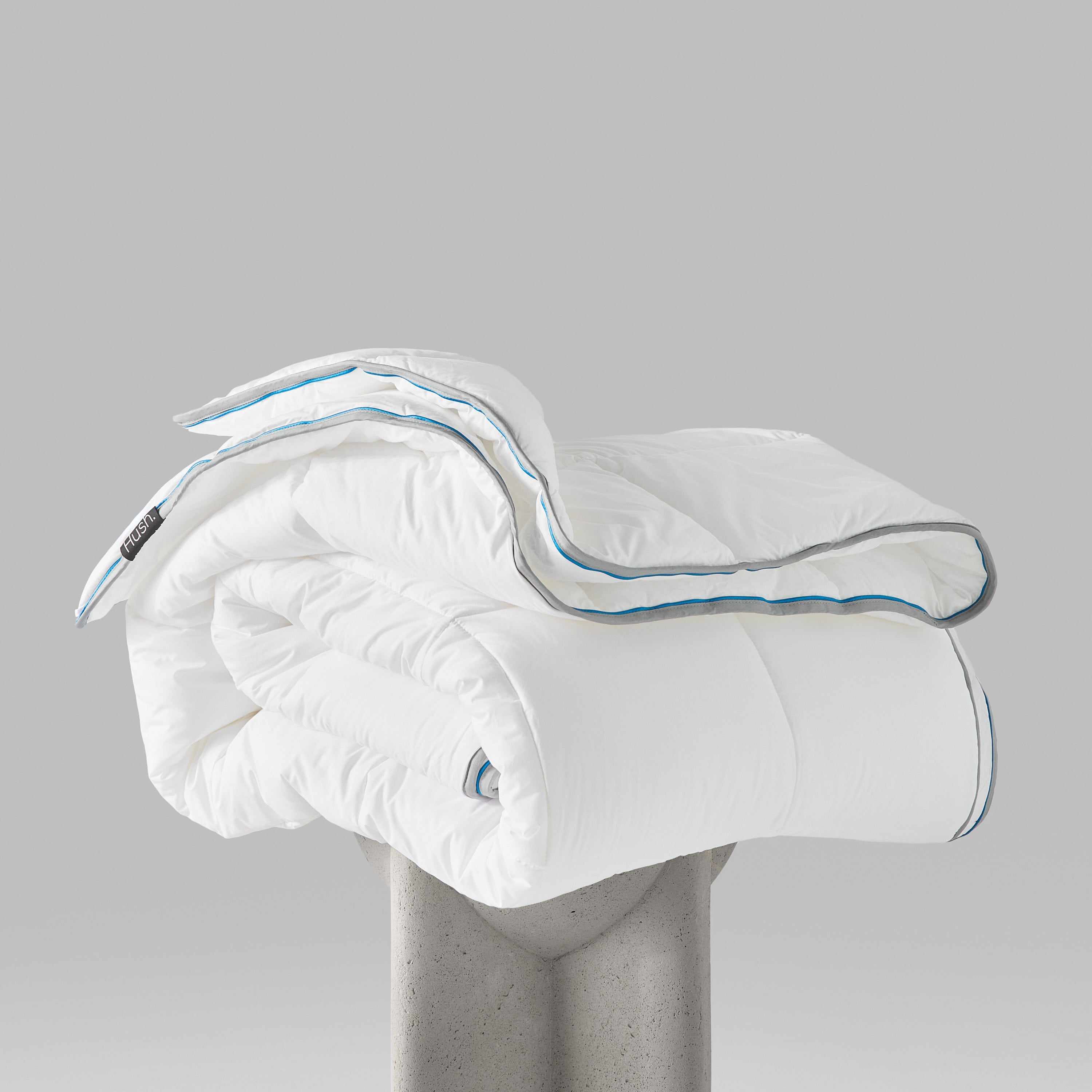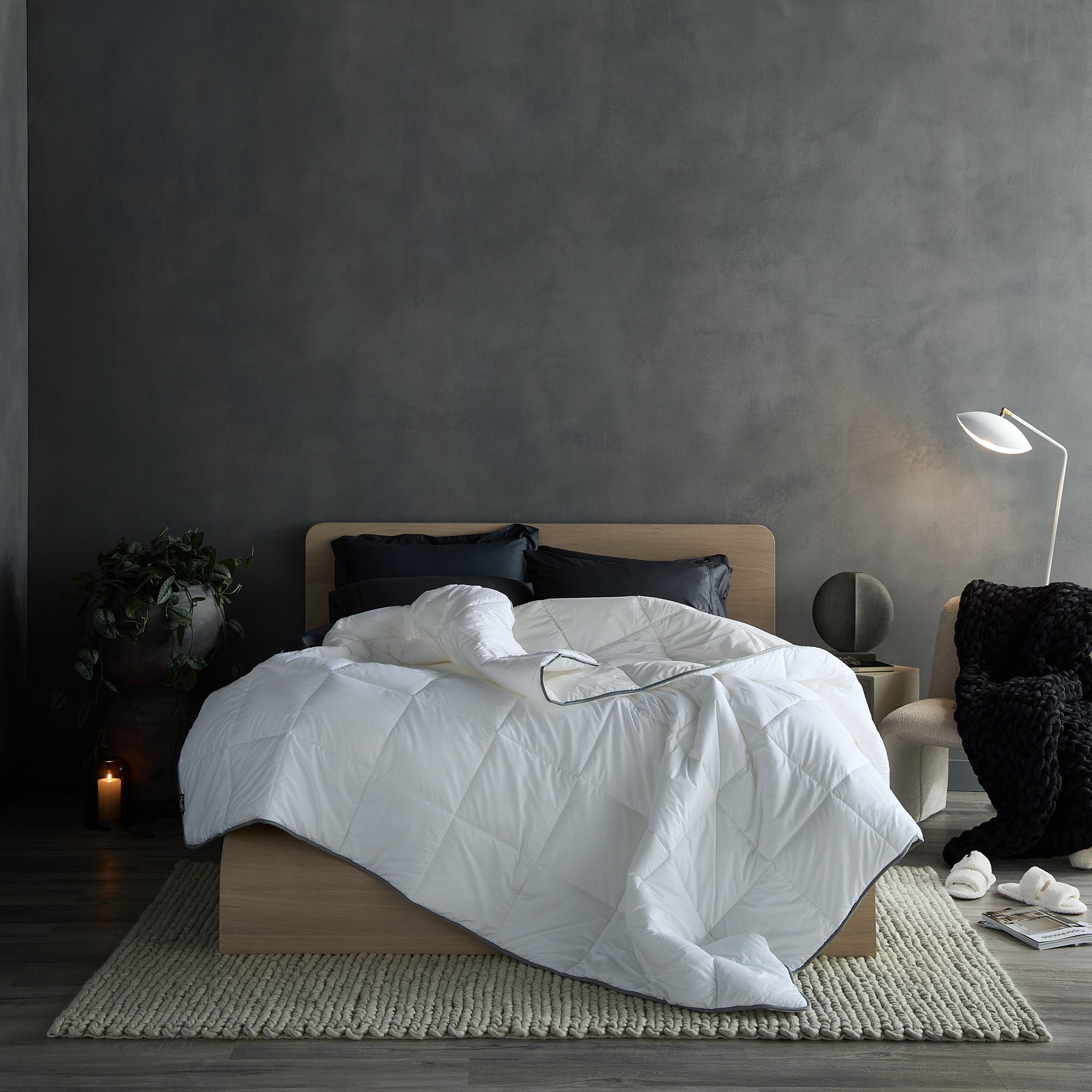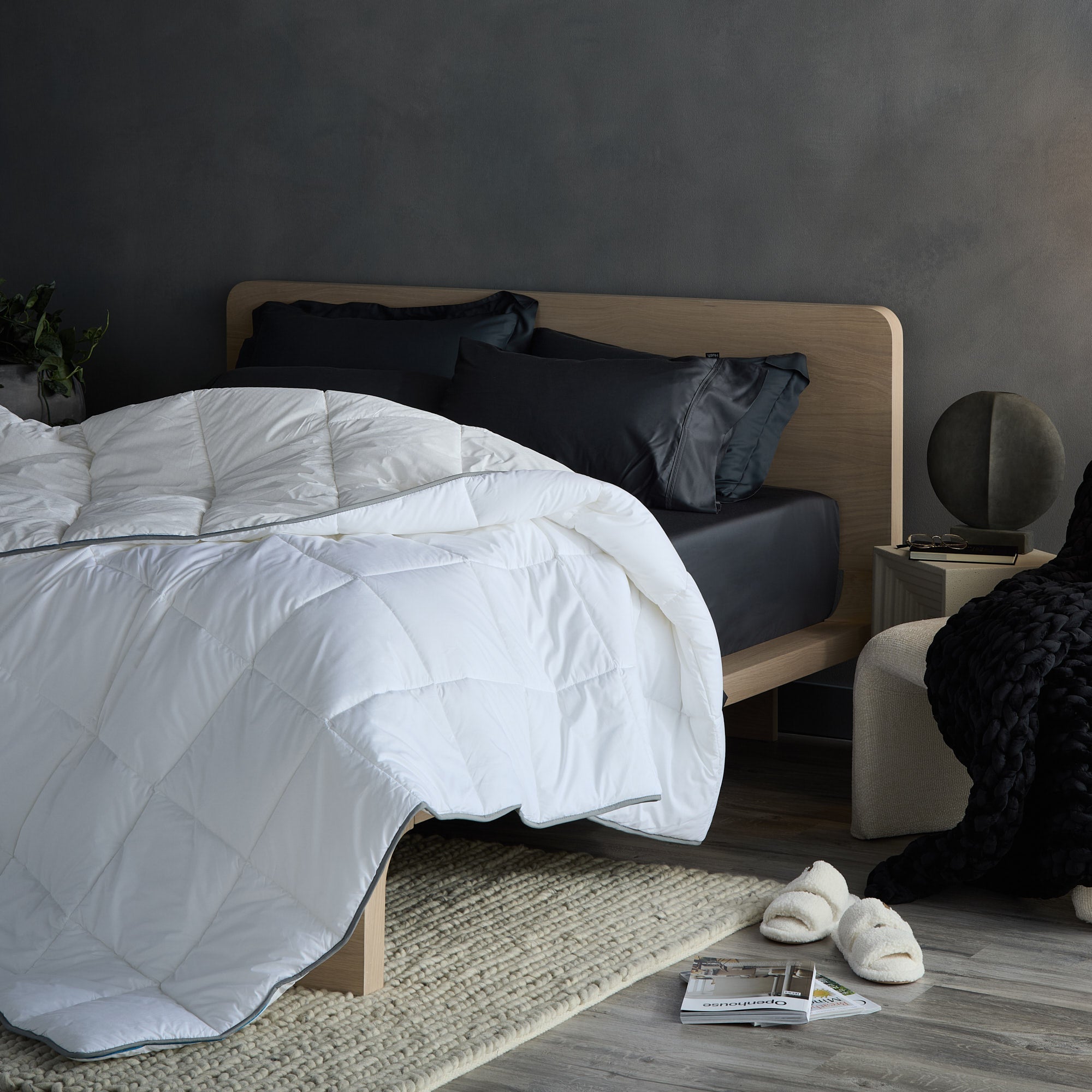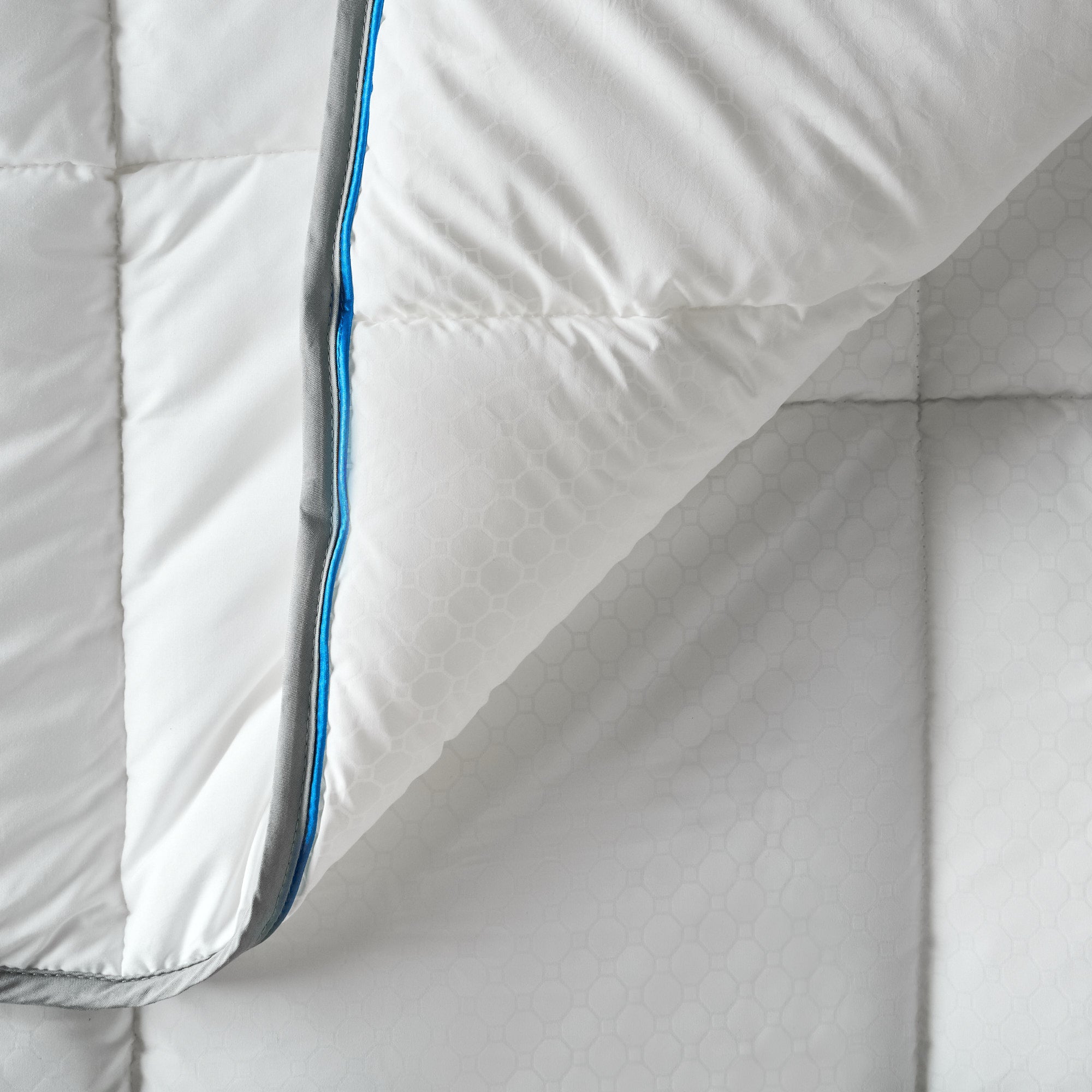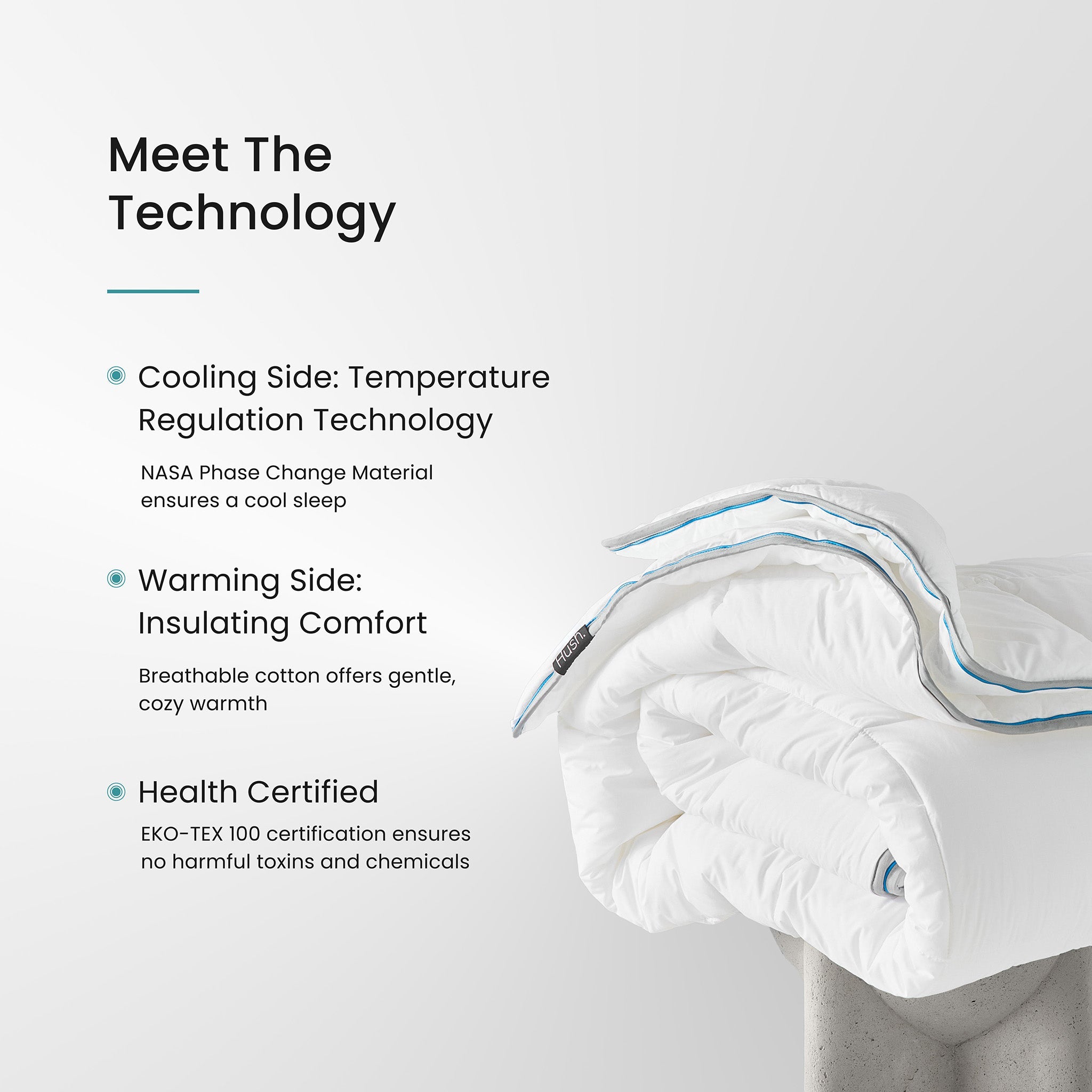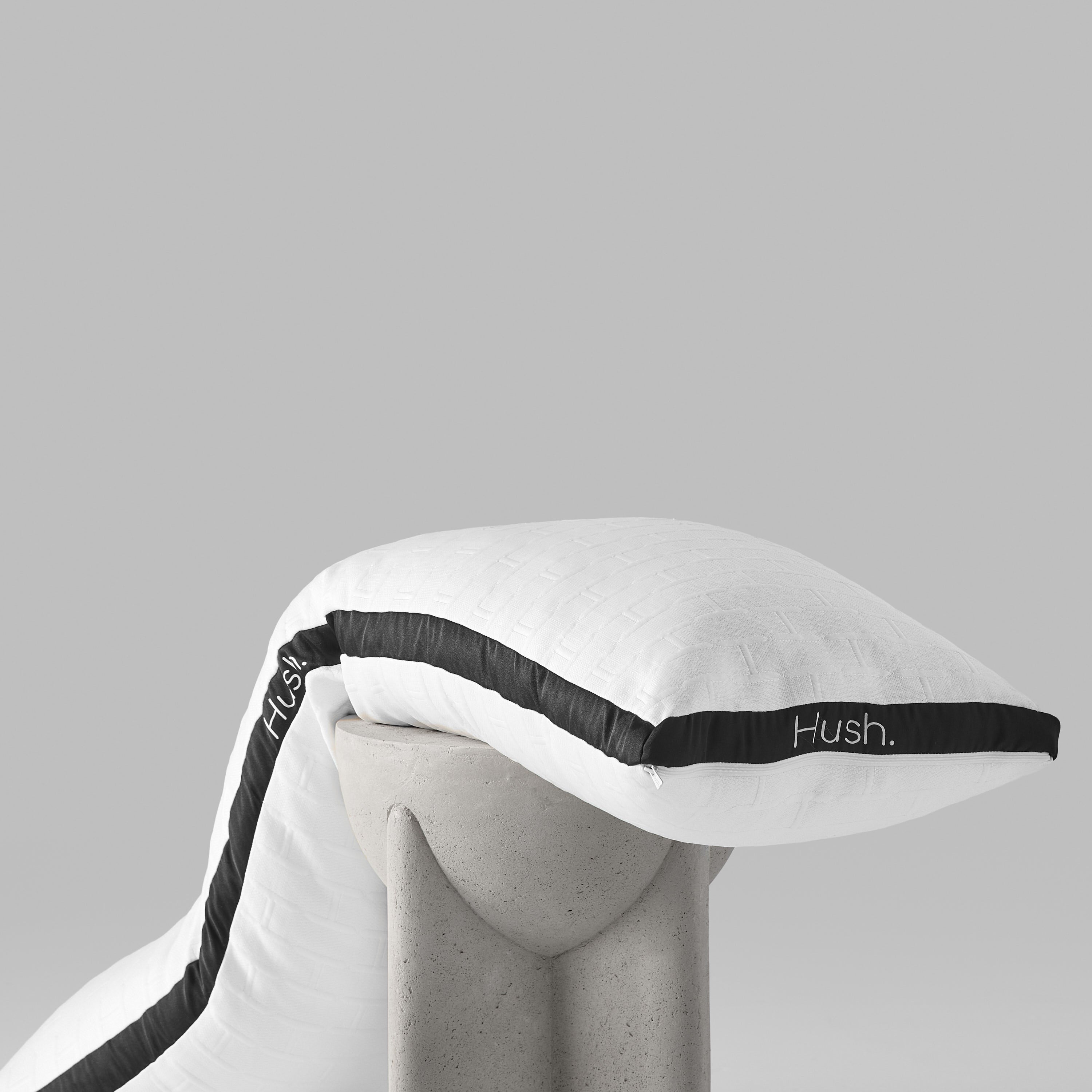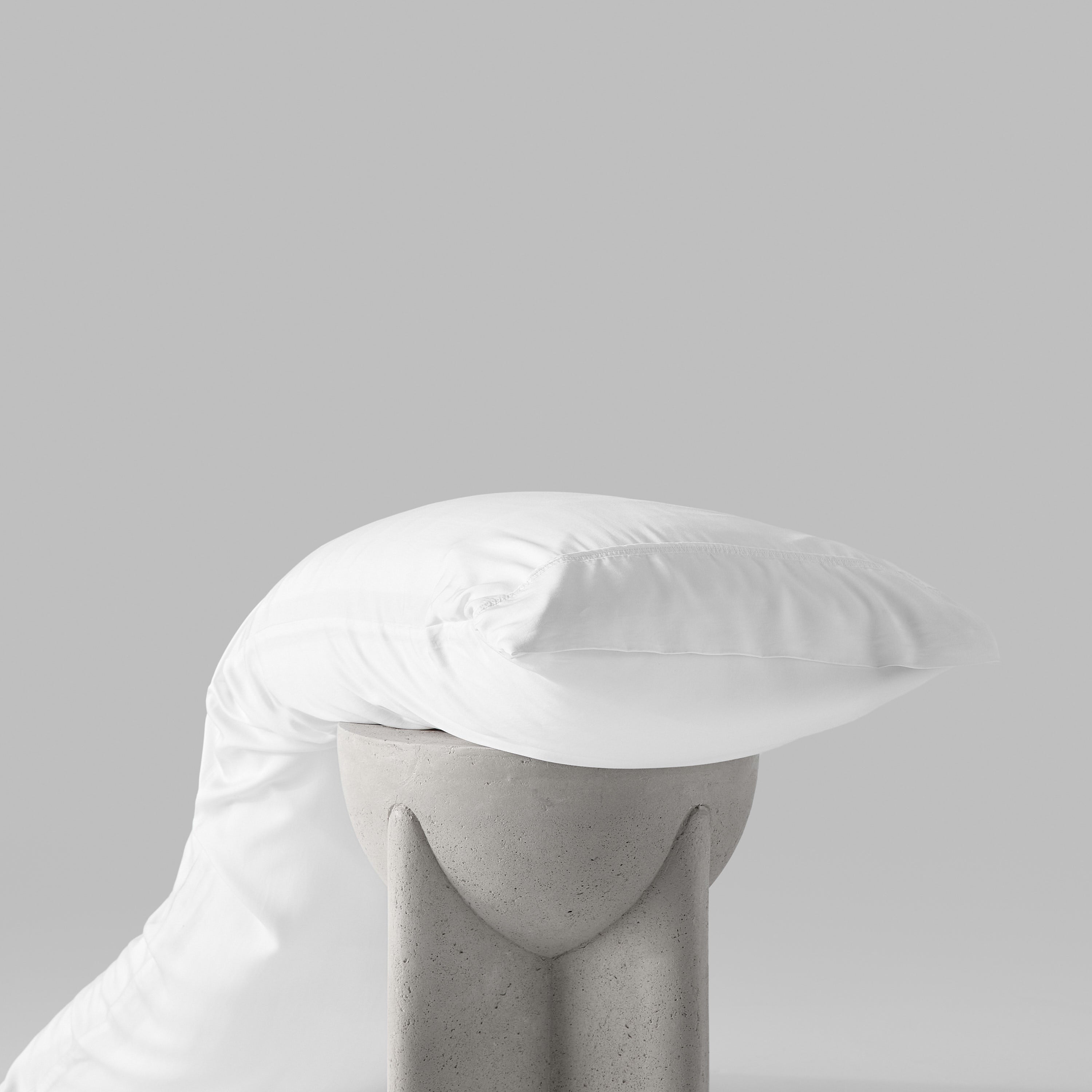If you’re looking for a nice set of bamboo bed sheets — or bamboo clothing, or any fabric made from bamboo — you may be wondering whether or not there’s a meaningful difference between rayon bamboo and viscose bamboo.
In this article, we’ll tell you everything you need to know about rayon and viscose bamboo, and we’ll also explain what to look for in bamboo bedding and other bamboo fabrics.
At a glance:
Bamboo Rayon vs Viscose

So, what’s the difference between these two types of fabric? In short, there’s no difference. The two different terms are used in different parts of the world, but they both refer to fabric made from bamboo. In this section, we’ll explain what these terms mean in more detail.
What Is Rayon Bamboo?
The word “rayon” is used to describe a semi-synthetic fiber made from plant matter such as wood. Rayon fabrics can be made from many different plants, so just because you see the word “rayon” on a fabric label doesn’t mean the fabric is made from bamboo. If you see “rayon bamboo” or “bamboo rayon,” then the fabric is rayon made from bamboo pulp.
Originally invented as an alternative to expensive silk fabrics, rayon is sometimes described as “artificial silk,” because it usually has a silky-soft texture. However, rayon is much less expensive than silk, not to mention more eco-friendly.
What Is Viscose Bamboo?
Like rayon, the word “viscose” refers to fabric made from plant cellulose. It’s similar to the word “viscous,” which describes the viscous liquid containing plant cellulose that gets regenerated into fibers to make fabric. And like rayon fabric, viscose fabric doesn’t always contain bamboo. If a label says “viscose bamboo” or “bamboo viscose,” then it’s viscose from bamboo fabric.
So, the words “rayon” and “viscose” essentially mean the same thing: fibers from plants that get used to make fabric, or artificial silk. The viscose process is basically the same as the rayon process. Rayon and viscose are both less expensive and more environmentally-friendly than silk, but they have a soft, smooth texture similar to that of silk.
In fact, sometimes you’ll see the phrase “viscose rayon,” which means the same thing as either word by itself. This simply refers to a fabric made from plant cellulose, and you may see it on the label of a bamboo fabric.
At this point, you may be wondering why two different terms exist to describe the same type of fabric. The reason is historical: The term “rayon” was coined in the US, where it’s still more commonly used, while the term “viscose” is more popular in the rest of the world. So rayon fabrics are more likely manufactured in the US, while viscose fabrics may be made elsewhere.
What About the Percentage of Bamboo?
Another key term you’ll often see alongside “viscose” or “rayon” is a percentage of bamboo. This is important because — as we saw earlier — neither term necessarily refers only to pure bamboo. But viscose made from pure bamboo feels and acts very different from bamboo blends. So when you’re shopping for bamboo, be sure to look at the percentage.
We’ll tell you more about the advantages of pure bamboo vs. bamboo blends in the next section.
Pure Bamboo Fabric vs Bamboo Blends

Is it better to buy a bamboo blend or 100% bamboo? The only reason to choose a bamboo blend instead of 100% bamboo is because blends are usually less expensive. Some companies blend bamboo with cotton or other less-expensive fabrics to cut costs. But pure bamboo will feel more luxurious.
So, bamboo rayon or viscose might not be pure bamboo — you always have to check the label to be sure what other fabrics were used, if any. Unless you see “100% viscose bamboo” or “100% rayon bamboo,” the fabric is likely a blend.
How Bamboo Viscose Compares to Other Fabrics
In this section, we’ll explain why 100% bamboo viscose (or rayon) is one of the best materials for bed sheets and a superior choice to bamboo blends or other fabrics.
Bamboo Fibers Are Longer Than Those of Cotton and Other Fabrics
One of the biggest advantages of bamboo fabric is that it has very long fibers, longer than the ones you’d find in cotton fabrics or other materials. The long fibers are one of the reasons why bamboo sheets are so smooth and soft.
This also means bamboo sheets won’t pill, since pilling is caused by friction. And as a bonus, the lack of friction also means bamboo sheets are good for your skin and hair. If bamboo is combined with another fabric with shorter fibers, the result will be a fabric that isn’t as smooth and soft, creates more friction, and doesn’t have these benefits to the same extent.
Bamboo Is More Eco-friendly Than Other Fabrics
If you like to make environmentally-friendly purchases, you’ll be happy to know the bamboo plant is a highly sustainable crop that uses minimal water. What’s more, bamboo crops don’t require any sort of pesticides or fertilizers. In fact, they can self-regenerate from their own roots, so they only need to be planted once!
Compared to cotton, bamboo needs only a third of the amount of water, and it reaches maturity in about half the time that it takes cotton to reach maturity. And unlike cotton, it doesn’t erode the soil — it actually protects soil from erosion where it grows. Plus, it generates more oxygen than an equivalent section of forest. So, bamboo groves are helping us all breathe.
For these reasons, choosing a pure bamboo fabric is better for the environment than choosing a bamboo/cotton blend, or any blend with other materials (e.g. polyester, a synthetic fabric derived from petroleum).
Bamboo Is Naturally Antimicrobial and Moisture Wicking
Another advantage of bamboo over other fabrics is that it is highly resistant to bacteria and sweat accumulation. In other words, bamboo sheets stay clean and dry all night, whereas blends of cotton, polyester, wool, flannel, or other materials can’t say the same thing.
This means you can wash pure bamboo sheets a little less frequently than you might wash cotton or polyester sheets, or bamboo sheets that are blended with other fabrics. Pure bamboo will stay cleaner for longer.
Shop Hush for the Best 100% Viscose Bamboo Sheets

To recap, bamboo viscose and bamboo rayon are essentially the same thing. Both are fabrics made from bamboo cellulose as a less-expensive, eco-friendly alternative to silk that’s soft and smooth. But both can also be blended with other materials to make a cheaper, lower-quality fabric.
If you want to take full advantage of the luxurious and environmentally-friendly benefits of pure bamboo fabric, you’ll need to look for a product that says it’s made from 100% bamboo. Our Hush Iced cooling bamboo sheets are made from 100% viscose bamboo, and they have a variety of other benefits as well that make them superior to other 100% bamboo sheets.
Hush Bamboo Sheets Are Highly Resistant to Pilling
The official grading system for pilling gives fabrics a number between 1 and 5, where 1 means you can expect lots of pilling and 5 means a fabric is pill-resistant. We’re proud to tell you that Hush bamboo sheets are one of the very rare bed sheets you can find that have a pilling grade of 5. Most pure bamboo sheets can’t say the same.
Why is this? You already know the long fibers of bamboo fabric give it that silky-smooth feeling that reduces friction, but we’ve taken care to ensure the bamboo fibers on our sheets are extra-long. We also use a proprietary manufacturing process that makes the sheets feel similar to sheets with a thread count of 1,500 — but they only have a thread count of 300!
This gives our sheets a huge advantage: While high thread counts tend to have a luxurious feel, they pill much more easily. With our small thread count, pilling is very unlikely. So, with Hush bamboo sheets, you get the best of both worlds.
Hush Bamboo Sheets Are Inexpensive
Thanks in part to the low thread count, we’ve managed to make our luxurious bamboo bed sheets affordable. Our sheets have the high-quality feel of luxury bed sheets, but for a fraction of the price.
And we didn’t cut corners to make this happen, meaning we didn’t blend our bamboo with cheaper fabrics to make our sheets less expensive. You’re getting 100% viscose bamboo, with an efficient manufacturing process that allows us to charge substantially less than what you’d expect to pay for sheets of similar quality and feel.
Hush Bamboo Sheets Stay Cleaner for Longer
Another advantage of our sheets over other bamboo sheets is that ours stay cleaner even longer than typical bamboo sheets. The unique weave that allows us to use a lower thread count makes the sheets extra breathable and even more resistant to bacteria.
This means you can wash your Hush bamboo sheets about half as frequently as you’d normally wash your sheets. Your sheets will stay clean in between washes, and as a bonus, you’ll save money, electricity, and water by washing your sheets less frequently.
Hush Bamboo Sheets Use Superior Bamboo
Other bamboo sheets use bamboo that might be harvested at any time of year, but at Hush, we ensure our bamboo is harvested at just the right time of year for it to fully retain all of its natural benefits. This is partly why our bamboo sheets are extra smooth, breathable, and durable compared to other bamboo sheets.
At Hush, we use only organic bamboo, and we oversee every stage of the growth process until it’s harvested. The result is the highest-quality bamboo bed sheets you’ll find on the market, without the luxury price tag. Try our Hush Iced cooling bamboo sheets today, and we promise if you don’t love them after 100 nights, you can send them back for a full refund — no questions asked.

